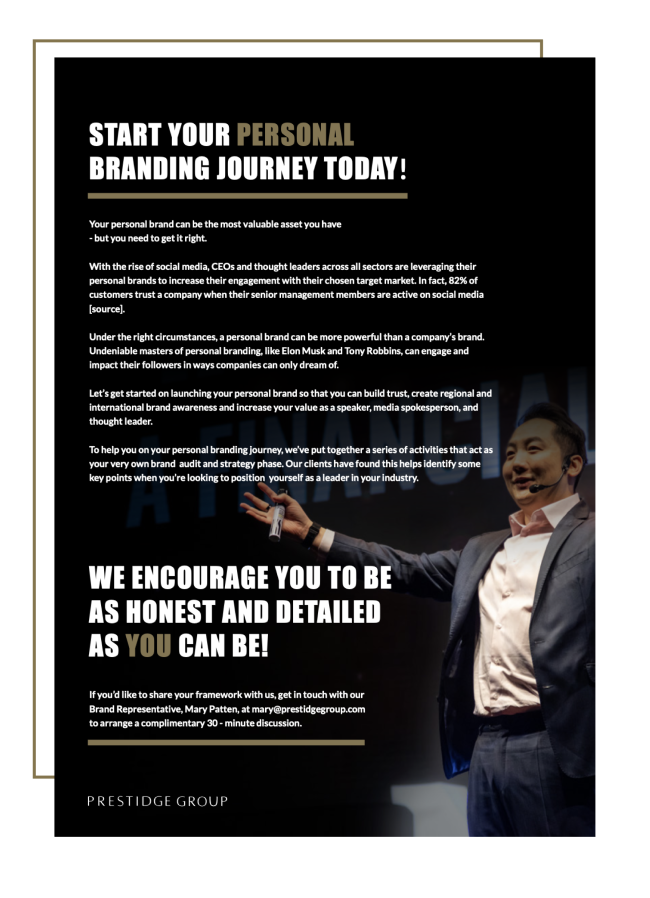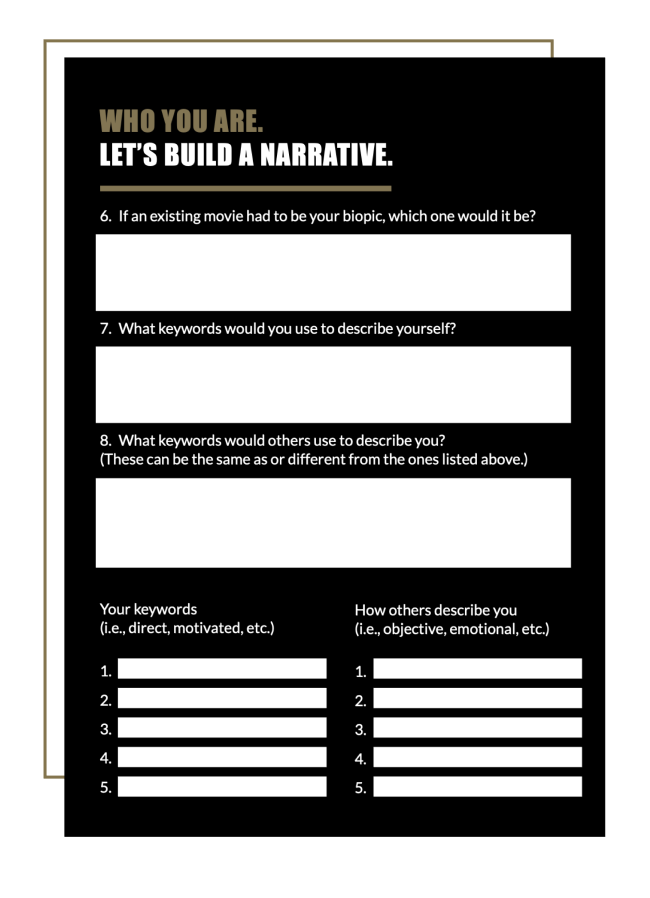A brand refers to the visual, verbal, and value attributes that make up a brand’s personality and create a unique identity in the minds of consumers. The following are the key elements of brand identity:
- Logo: A logo is a visual symbol that represents the brand’s essence. It is the most recognizable element of a brand identity and is often the first thing that comes to mind when people think of a brand.
- Color palette: A color palette is a set of colors used consistently across a brand’s visual communication. The colors should be chosen based on the brand’s personality and values and should be used consistently across all touchpoints.
- Typography: Typography refers to the fonts and typefaces used in a brand’s visual communication. The typography should be consistent with the brand’s personality and values and should be legible across different media.
- Visual style: The visual style includes the photography, illustrations, and graphic design used in a brand’s communication. The style should be consistent with the brand’s personality and values and should create a distinctive look and feel.
- Voice and tone: The voice refers to word use, syntax, rhythm and flow of your sentences and phrases, while tone refers to the brand’s sentiment (warm, supportive and inclusive or objective, factual and distant, etc. The tone should reflect and define the brand’s personality and values and should create an emotional connection with the target audience.
- Positioning: Positioning refers to the place that a brand occupies in the minds of the customers and its key differentiators from others in the marketplace. Effective positioning consists of verbal elements such as a tagline, mission statement, vision statement and key messages that communicate the brand’s value proposition and benefits to the target audience.
All these elements work together to create a cohesive and memorable brand identity that is unique to you or your company. When used correctly, your brand identity can create a strong emotional connection with its target audience through the use of story, relevant and specific data, and drawing on concrete examples that your target audience can easily relate. While a brand can be created relatively quickly, brand equity occurs over time and only by consistently delivering on the commitment the brand makes to its target audiences and living up to the values espoused. As such, a strong brand is never aspirational but rather speaks to the authenticity of who you are and what you offer.













